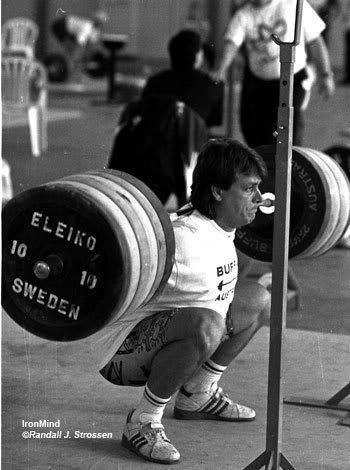 Outliers: The Story of Success
Outliers: The Story of Success by Malcolm Gladwell is an enjoyable and easy read about the topic of mastery, talent, and success. The book illustrates many examples of success stories and the time, effort, and opportunities that helped them climb to the top.
As a general rule, it turns out, most experts spend about 10,000 hours mastering their "trade". Even examining "prodigies", like young chess champions and composers, the 10,000 hour rule seems to bear itself out consistently. Athletics is the same and time spent in practice is the key to success on the field just as much as in a laboratory, classroom, or music hall.
About a year ago, I wrote about
The Necessity of Hard Work. In that post I noted that although practice times of elite athletes had decreased over the past decade or so, the hours of practice were still staggering compared to hours logged by recreational athletes (1000 hours of practice on average for elite swimmers, for example).
How many things have you spent 10.000 hours of focused practice on? For things we love, or are dedicated to, the time can pass quickly, but not too quickly.... There are only 8,760 hours in a year and most of us sleep a third of that, leaving 5,840 waking hours to work with. Spending 2 hours/day, 5 days/week will garner us a meager 520 hours for the year. Do we spend this much time training, or even truly focused on the things that matter most to us, like our relationships?
About a year ago, Adam T Glass, a strongman, kettlebell, and grip aficionado, came up with the idea to have a
Race To 50,0000 Snatches Contest. Although I have no hope of winning and I figure it will take me, at best, 2 years to complete, I have been consistently logging my kettlebell snatch numbers. I decided that it would be a nice adjunct to my training goals which are, currently, to ramp my squat numbers back up and train for another girevoy sport competition.
You can find the current snatch contest standings at
Race to 50,000 Snatches Score Chart. Feel free to join the fun if you include kettlebell snatches in your training.
Related article: 2006 article from Scientific American Magazine entitled
The Expert Mind.








